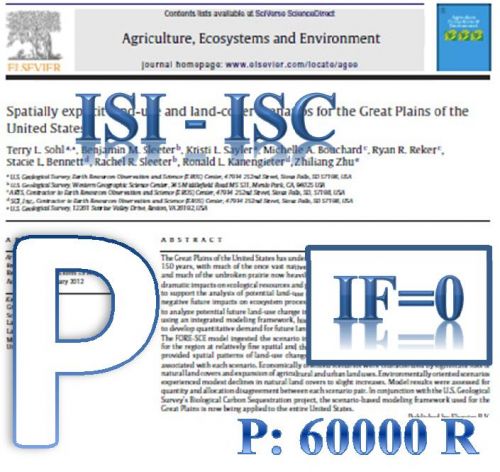Abstract The pulse doubling technique increases the number of rectification pulses without significant changes in the installations and yields in harmonic reduction in both ac and dc sides. The 12-pulse rectified output voltage is accomplished via two paralleled six-pulse ac-dc converters each of them consisting of three-phase diode bridge rectifiers. Different autotransformers are designed to supply the rectifiers. But 12-pulse configurations fail to comply with limits of total harmonic distortion (THD) of supply current to be less than 8% specified in the IEEE Standard 519 [3]. Increasing the number of pulses further results in improvement in various power-quality indexes but along with the additional cost of different converters and increased system complexity. To improve the THD of ac-mains current at a reduced cost, pulse doubling technique has been observed to be a viable and cost-effective solution. This study, based on technical and economic factors, compares different autotransformer based 24 pulse AC-DC Converters employing a pulse doubling technique. In this paper, the comparison of tapped delta, polygon and T connected autotransformer based 24-pulse AC-DC converters has been presented. These converters has been implemented and simulation using Matlab/Simulink software for similar ratings under different load conditions. A set of power-quality indices on input ac mains and on a dc bus for a DTCIMD fed from different 24-pulse ac-dc converters is given to compare their performance. Economic comparison of 24 pulse ac–dc converters is based on the apparent power (kVA) ratings of the different autotransformer for 24 pulse AC-DC Converters.
کلید واژگان :Keywords: AC–DC converter, power quality, 24-pulse rectifier, pulse doubling technique, direct torque controlled induction motor drive (DTCIMD).
ارزش ریالی : 1200000 ریال
با پرداخت الکترونیک
